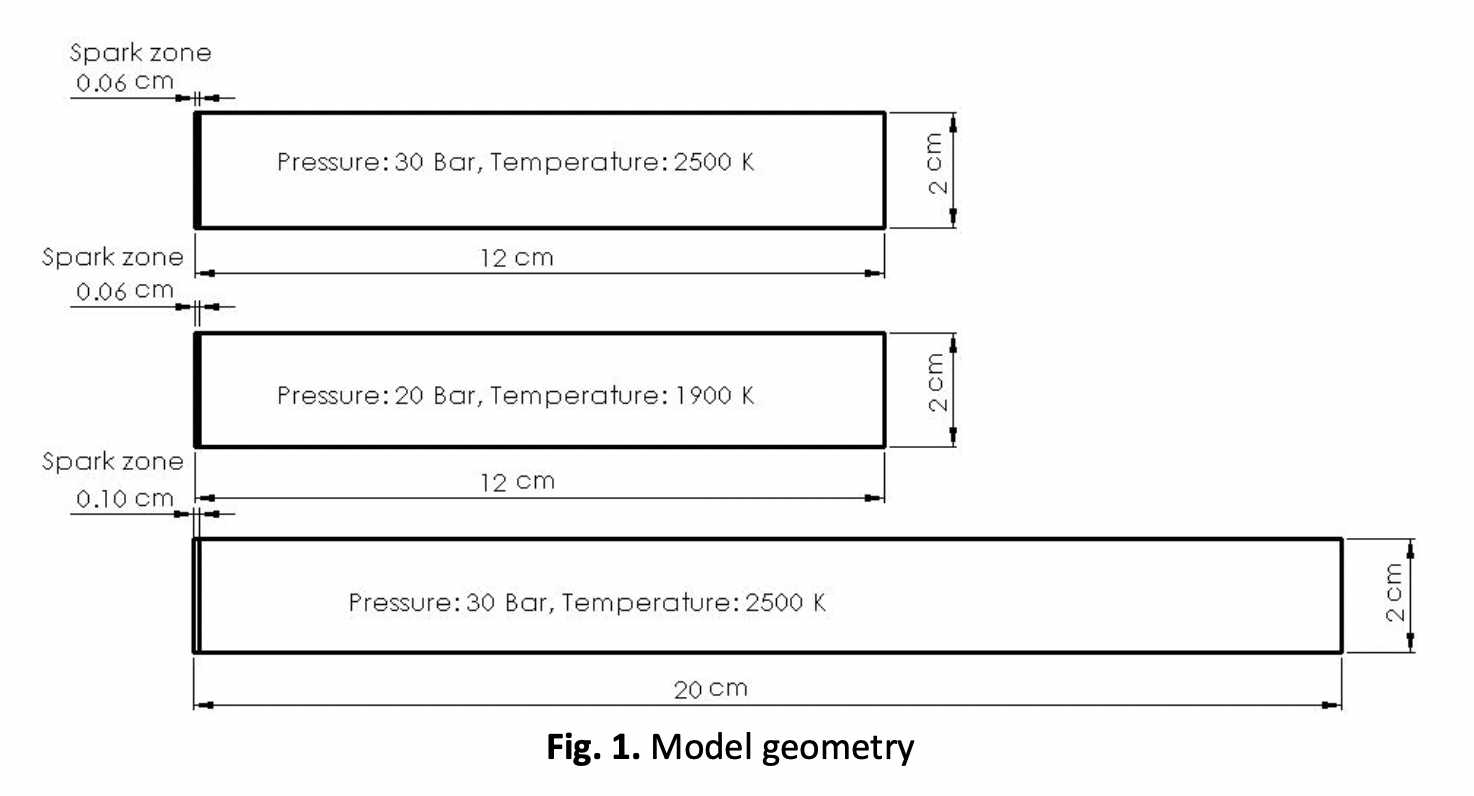Numerical Investigation of NOx Reduction in a Hydrogen-Fueled Pulse Detonation Engine
DOI:
https://doi.org/10.37934/arfmts.114.2.106117Keywords:
Pulse detonation engine, EINOx, CFD, performance characteristicsAbstract
A change in combustion concepts from conventional isobaric to constant volume combustion (CVC) has several advantages. Pulse detonation combustion (PDC) operates on CVC, increasing the engine's thermodynamic efficiency significantly. Little research has been conducted on pollutant emissions from pulse detonation engines (PDE). Because PDE burns at a higher temperature, it emits more NOx. The formation of NOx is investigated in this paper using the computational fluid dynamics (CFD) method. For hydrogen fuel, a model is built by varying pressure, temperature, spark size, and geometry. The SST K- Omega model is used with transient conditions. EINOx was calculated using CFD analysis for 12 cm and 20 cm tubes. The results were encouraging. A 12 cm tube produced 200 g/kg of fuel EINOx, while a 20 cm tube produced 250 g/kg of fuel EINOx. The computed results are consistent with previous literature.
Downloads






























